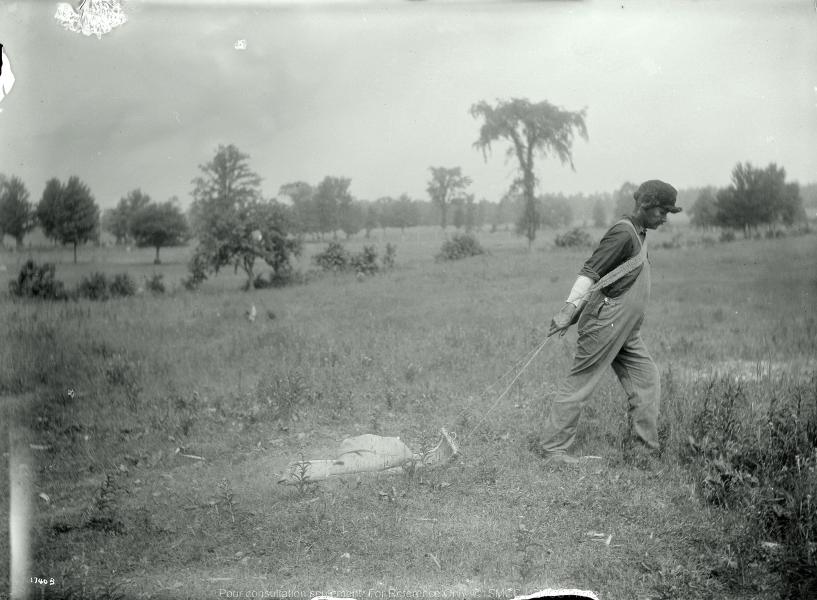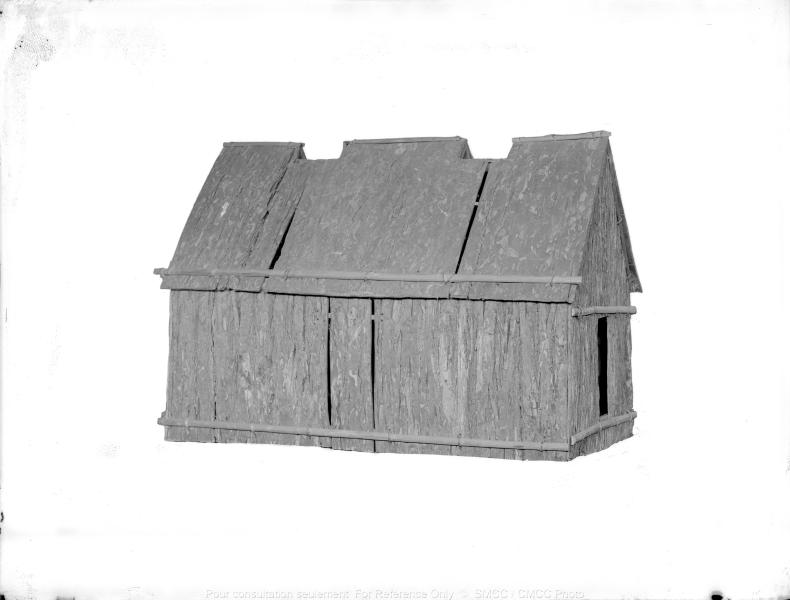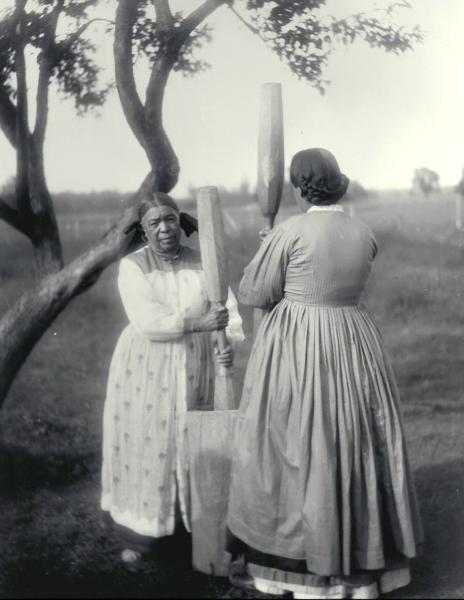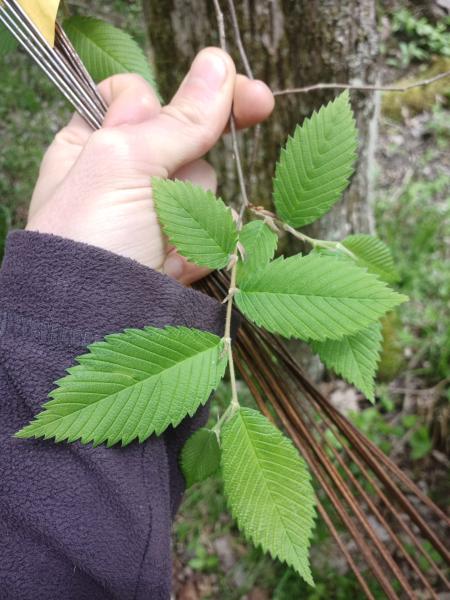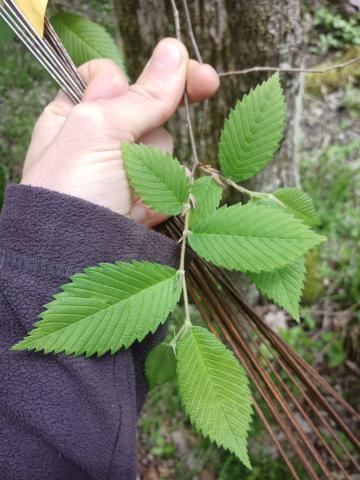
Names and Their Meanings
Slippery Elm - Ulmus rubra
American Elm - Ulmus Americana
Slippery Elm
Description
Tehehanteh Miller, Six Nations knowledge-holder and linguistic and cultural advisory on this project, relayed that in the time of prophecy Great White Elm refers to the time when the Chiefs cannot hold it all together; the oral tradition teaches that heads of the chiefs will roll, and it's the responsibility of the people to hold the peace tree from falling down. He noted that many people believe we are in that time right now.
Slippery Elm is a long-lived tree that grows up to 65-70 feet tall, and can also grow very wide. The bark is a light grey-brown coloration on the flattened, straight ridges, with furrows in between that can be reddish-brown, and a reddish-brown heartwood. The inner bark becomes mucilaginous – slick and slippery – when mixed with water, which is the reason for this elm’s name. Twigs are hairy, and contain the mucilaginous qualities that quench thirst when chewed. Slippery elm prefers sun moist loam or clay loam soils, but can also tolerate drier, calcareous soils. It grows in deciduous to mixed-wood forests, along floodplains, stream banks, uplands, and lower slope to bottom wooded areas. Slippery elm also reproduces vegetatively by layering, sprouting from stumps and root crowns, and spreading by rhizomes. These trees are intermediately shade tolerant, and form part of the sub-canopy in mid-successional forests.
Conservation Status
Ontario and New York S5 (Secure); in Québec S3 (Vulnerable)
American Elm
Conservation Status
Ontario and New York S5 (Secure); in Québec S4 (Apparently Secure)
